I have a small render engine written for fun. I would like to have some unit testing that would render automatically an image and then compare it to a stored image to check for differences. This should give some sort of metric to be able to gauge if the image is too far off or if we can attribute that to just different timings in animations. If it can also produce the location in the image of the differences that would be great, but not necessary. We can also assume that the 2 images are the exact same size.
What are the classic papers/techniques for that sort of thing ?
(the language is Go, probably nothing exists for it yet and I'd like to implement it myself to understand what's going on. The renderer is github.com/luxengine)
Thank you
